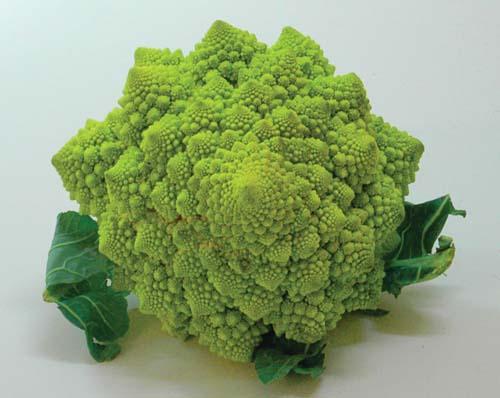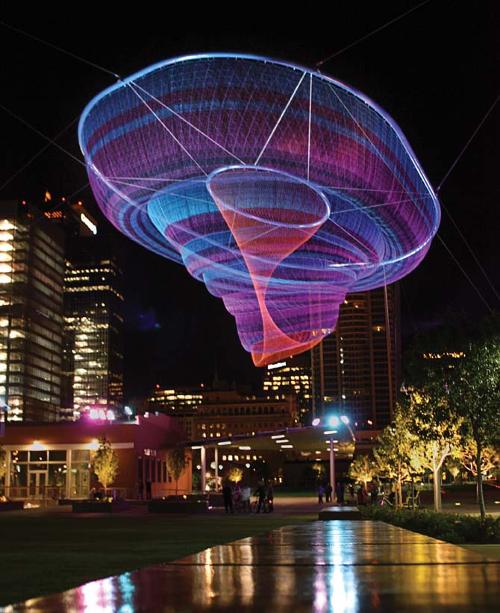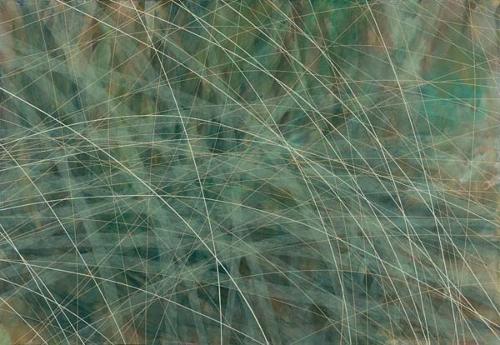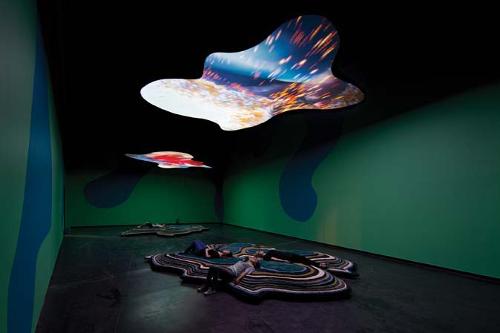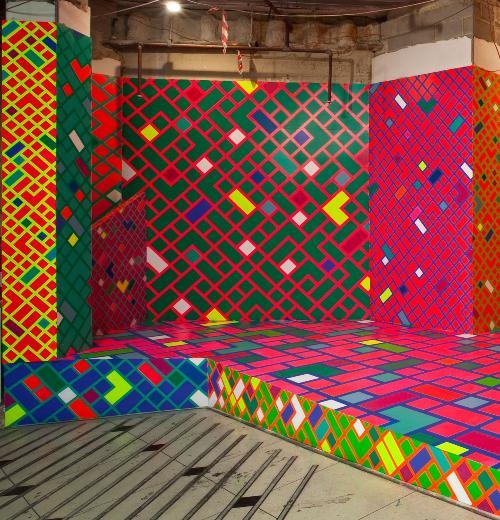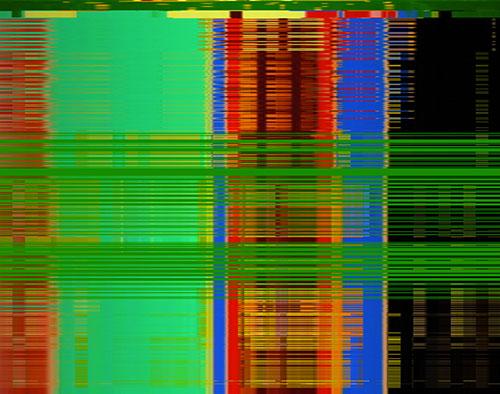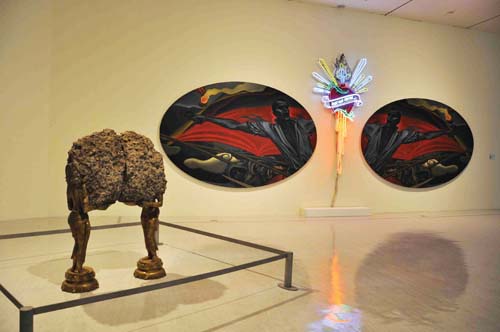
The 2011 Asian Art Biennial, held recently at the National Taiwan Museum of Fine Arts (NTMoFA) in Taichung (central Taiwan) adopted the theme Medi(t)ation, a concept merging two words: meditation and mediation. Curator Iris Shu-Ping Huang invited 40 artists & collaborative groups from 21 Asian countries and regions to participate in the third Asian Art Biennial (AAB).
Established in 2007 as a discussion platform focused on Asian culture and art amongst artists and scholars of the region, the Biennial is organised by the National Taiwan Museum of Fine Arts and curated by the museum staff. In his catalogue preface, former Venice Biennale Commissioner and now museum Director Tsai-Lang Huang, acknowledges the political, economic and cultural shifts occurring in the region. He comments in the catalogue that Asia is closely integrated into the "process of changes and development in global culture...and that the Asian perspective is becoming a critical force in the development of contemporary culture."1
Curator Huang explains Medi(t)ation aims to explore how Asian artists communicate their integration in the global markets and also reconcile perceived conflicts in an age of mobility and cultural negotiation. The curatorial concept references issues of "confrontation and adjustment, self-observation, existence and co-existence that arise in the process of a developing Asia as it moves towards an M-shaped societal structure" (cat page 19)
The M-shaped society is a term proposed in 1996 by Japanese trends expert and business strategist Kenichi Ohmau to describe the economic and living conditions of Asia. The letter 'M' referring to the economical and political ‘ups and downs’ in which a society has two income peaks, one each in the lower and upper middle classes, and how (if at all) people can shift between the two. Fifteen years on, Huang reignites this concept by inviting artists to respond. She reflects on the diversity and cultural features of Asia and acknowledges the fear of losing traditional values as we engage in globalised economies, embrace digital and social media and fluid cultural travel and exchange. As the barriers become blurred, Huang urges us to look at the functions of mediation, and the possibility for artists to engage in social intervention through ideas and actions and affect the social order of things.
Complementing the existing artworks selected, Huang also invited a series of site-specific commissions from artists from Australia, China, Hong Kong, Indonesia, Japan, the Philippines, and Taiwan taking the form of social research surveys, installations, photography, plantings, sound recordings and social interventions.
I was lucky enough to catch a glimpse of the exhibition on a visit to Taichung late last year to discuss the upcoming Asialink/ Experimenta exhibition Selectively Revealed opening at NTMoFA 18 February - 13 May 2012. It is a considered biennale that also succeeded as a stand-alone exhibition, as it presented an extensive and diverse collective of artworks from leading artists of the region. The exhibition is vast, filling the large first floor of NTMoFA?and spilling out into the foyer, the forecourt and onto the external walls of the museum with an impressive vinyl installation by Hong Kong based, Tsang Kin-Wah.
Held in association with the opening week of the Biennial were a series of artist talks, international forums and discussion panels considering the issues of Asian cultural development. Selected participating artist and collaboration groups, include Hamra Abbas, Alfredo & Isabel Aquilizan, E Chen, Lin Chuan-Chu, Parastou Forouhar, Shaun Gladwell, Nigel Heyler, Shi Jin-Hua, Ho Tzu Nyen, Aida Makoto, Dinh Q Le, Ahmet Ögüt, Raqs Media Collective, Tiffany Singh, Shinoda Taro, Tromarama , Xu Tan, Yin Xiuzhen, Park Chang Kyong, Bae Young-whan, Min Jung Yeon, Ohmaki Shinji, L.N. Tallur, Wen Chi-yi, Wawi Nabarroza, Aristarkh Chernyshev, Yee I Lann, Bani Abidi, Samsuddin Wahab and Michael Rakowitz.

